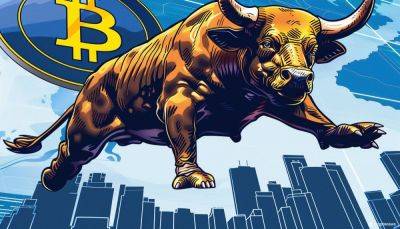Question hour: Have opposition parties done well in Parliament?
Question Hour (QH) is a powerful tool in the hands of the Legislature to question the Executive. In India, each Lok Sabha session begins with the QH from 11am till noon, in which parliamentarians pose a range of questions for various ministers to answer on a range of policy matters. The questions need to be given around two weeks in advance, so the ministers who respond have adequate time to prepare their answers.
Televising this hour can also mean significant electoral gains and losses. Despite the large amount of policy and political information it generates, the QH has not been subject to much scholarly or data-driven media scrutiny. As the country approaches general elections to the next Lok Sabha, we thought it relevant to explore the data on all the ‘starred’ (oral) questions asked during the last four Lok Sabha terms and look for underlying patterns.
Insofar as QH reflects legislative inquiries of the executive, such an analysis can reveal party dispositions and how queries are distributed across ministries. Note that QH is used by not just the opposition, but also the ruling party. This is because the latter may use it as an opportunity to highlight its strengths.
To draw the essence of QH in advancing democratic ideals, however, we focus on questions from opposition parties and members. We only look at unique questions—those asked by only one member and are non-supplementary. These account for 80%-plus of all oral questions.
Interesting patterns emerge. In the last four Lok Sabhas, there were about 10,000 questions asked during QH: 2,466, 2,059, 2,864 and 2,347 respectively, with opposition parties asking 67%, 63%, 31% and 51% of these. Clearly, the National Democratic Alliance (NDA) was a more ‘pronounced’
. Read more on livemint.com























